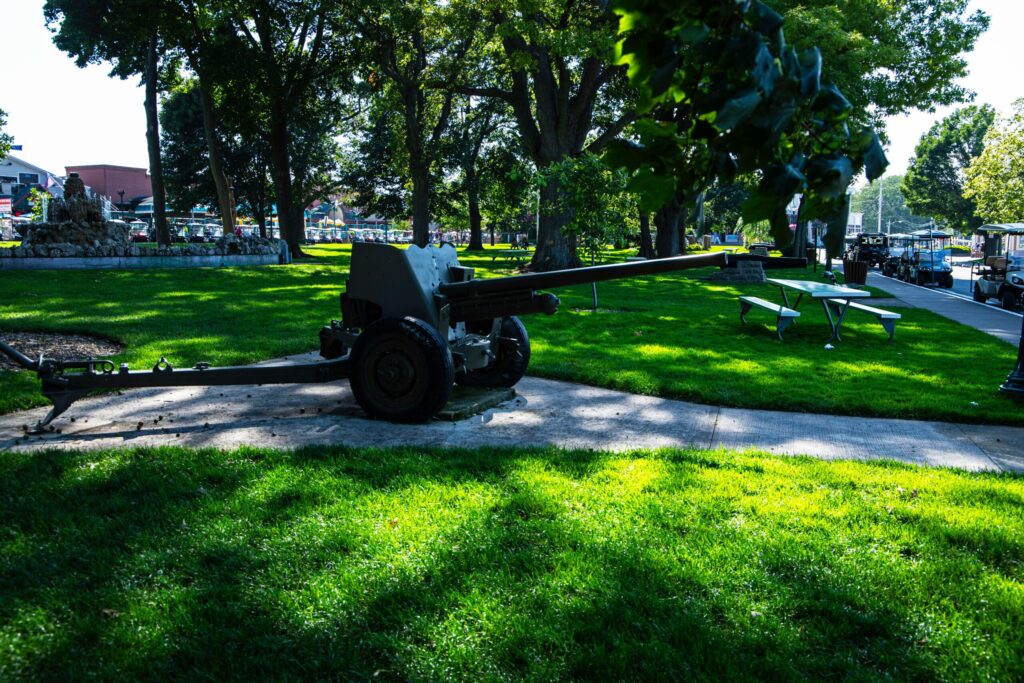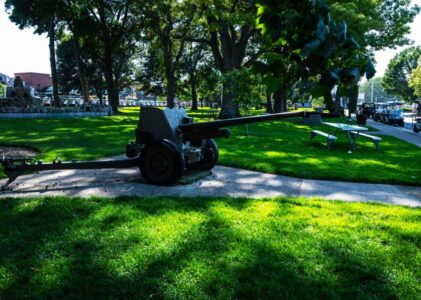
Background of the Current Conflict
The tensions between North and South Korea have deep historical roots, predominantly traced back to the Korean War that began in 1950. This conflict was a culmination of the division of Korea along ideological lines following World War II, leading to the establishment of two distinct governments: the communist northern regime and the democratic southern government. The Korean War resulted in an estimated 2.5 million casualties and ultimately ended in a stalemate, with the Korean Peninsula remaining divided by the Korean Demilitarized Zone (DMZ), a heavily fortified buffer between the two nations.
In the decades following the war, periods of military posturing and propaganda have perpetuated the conflict. North Korea engaged in various military provocations, including nuclear tests and missile launches, which garnered international condemnation. Meanwhile, South Korea, supported by the United States, maintained a robust military deterrence strategy. This adversarial relationship was further complicated by incidents such as the 2010 sinking of the South Korean naval vessel Cheonan, attributed to a North Korean attack, and the shelling of Yeonpyeong Island, leading to civilian and military casualties.
In more recent years, the advent of drone operations has introduced a new dimension to the tensions. Both North and South Korea have developed advanced drone technology, utilized for reconnaissance and potential military strikes. North Korea’s threats of artillery action against the South can therefore be seen as a culmination of decades of military confrontations, provocative statements, and a cycle of retaliation. Perhaps most unsettling is how these developments echo the historical hostilities, placing the Korean Peninsula on edge once again. The ongoing military exercises by the United States and South Korea serve to exacerbate these tensions further. This historical context provides the foundation for understanding the weight of North Korea’s recent threats and their implications for regional stability.
North Korea’s Military Posturing
Recently, North Korea has exhibited an alarming increase in military posturing, particularly regarding its artillery forces positioned along the border with South Korea. Reports indicate that orders have been issued for artillery units to be on high alert for potential engagement, reflecting a readiness to escalate hostilities. This directive underscores the ongoing tension in the Korean Peninsula, raising concerns about the stability of the region and the possibility of armed confrontation.
The strategic significance of North Korea’s artillery is profound, as these systems serve as a critical component of its military capabilities. The proximity of these artillery units to the South Korean border allows for rapid deployment and a potential swift attack in the event of conflict. Moreover, North Korea’s emphasis on artillery readiness points towards a broader military strategy that prioritizes immediate response capabilities, potentially aimed at deterring perceived threats from South Korea and its allies.
Internal factors also play a crucial role in shaping North Korea’s assertive military stance. The regime, led by Kim Jong-un, may utilize militarization efforts to consolidate power and enforce loyalty among the populace. In a country where information is tightly controlled, showcasing military readiness helps to foster a sense of nationalism while diverting attention from domestic issues such as economic hardship and social unrest. By presenting a strong military posture, the leadership seeks to reinforce its authority, portraying itself as a formidable force capable of protecting national interests against external adversaries.
The implications of North Korea’s military preparations are far-reaching. The heightened artillery readiness not only escalates tensions with South Korea but also complicates diplomatic efforts aimed at achieving stability in the region. As the international community closely monitors these developments, it is essential to consider the precarious balance between deterrence and provocation that North Korea navigates in its military policies.
Response from South Korea and International Community
The recent threats of artillery action from North Korea have provoked a significant response from South Korea, underscoring the escalating military tensions on the Korean Peninsula. The South Korean Defense Ministry has issued strong warnings, emphasizing its readiness to respond decisively to any aggression. In light of North Korea’s provocations, the South has heightened its military preparedness and is actively monitoring developments. This readiness is not merely a reaction to bellicose rhetoric; it embodies South Korea’s commitment to safeguarding its national security and maintaining stability in the region.
South Korea is equipped with a range of advanced military capabilities, including sophisticated missile defense systems and a well-trained armed force, which serves as a deterrent against potential incursions. The South Korean government has also emphasized collaboration with its allies, particularly the United States, signalling a robust security alliance that may enhance its defensive posture. Discussions regarding joint military exercises and strategic deployments have gained prominence as both nations prepare for possible contingencies arising from rising tensions.
The international community has responded to North Korea’s threats with increased concern, emphasizing diplomatic channels to de-escalate the situation. Major global powers, including the United States and China, have called for restraint on both sides, recognizing the delicate balance of security in Northeast Asia. The United Nations has reiterated its commitment to peace and stability, urging North Korea to engage in constructive dialogue rather than resorting to military provocations.
As tensions rise, the response from South Korea, alongside the international community, highlights the critical nature of diplomatic efforts in addressing the threat posed by North Korea. While military readiness remains crucial, the focus on dialogue and cooperation as means to mitigate conflict is equally essential in the pursuit of long-term peace in the region.
Potential Consequences of Escalation
The escalating tensions between North Korea and South Korea present a variety of potential consequences that could profoundly impact both nations and the broader region. Militarily, a continued escalation may lead to an increased risk of armed conflict. If artillery actions or skirmishes occur, there is a significant chance of military casualties and infrastructural damage on both sides. Such developments could compel allies, particularly the United States, to intervene, complicating the situation further and drawing in greater military engagement.
Economically, both nations could face substantial repercussions from heightened tensions. South Korea, with its global trade ties, may experience immediate adverse effects, including disruptions in trade and diminished investment from foreign entities wary of an unstable security environment. North Korea, on the other hand, may find itself further isolated, with sanctions likely to intensify if it does not moderate its military posturing. The economic strain on North Korea could exacerbate its humanitarian issues, pushing the regime to take more drastic measures in an attempt to secure resources.
The humanitarian consequences cannot be overstated. The North Korean populace already faces significant challenges regarding food security, health care, and basic human rights. In the event of conflict, the civilian population in both Koreas could suffer immensely. Displacement, casualties, and shortages of essential supplies would pose immediate threats to those living in affected areas.
Moreover, the escalation of hostilities poses risks to regional stability, impacting neighboring countries such as China and Japan. Diplomatic avenues must be explored to mitigate these possible outcomes. Engaging in open dialogues, promoting confidence-building measures, and addressing underlying concerns through multi-national negotiations could pave the way for de-escalation. Ultimately, international cooperation remains essential to foster a sustainable path towards peace, ensuring stability on the Korean Peninsula for future generations.
